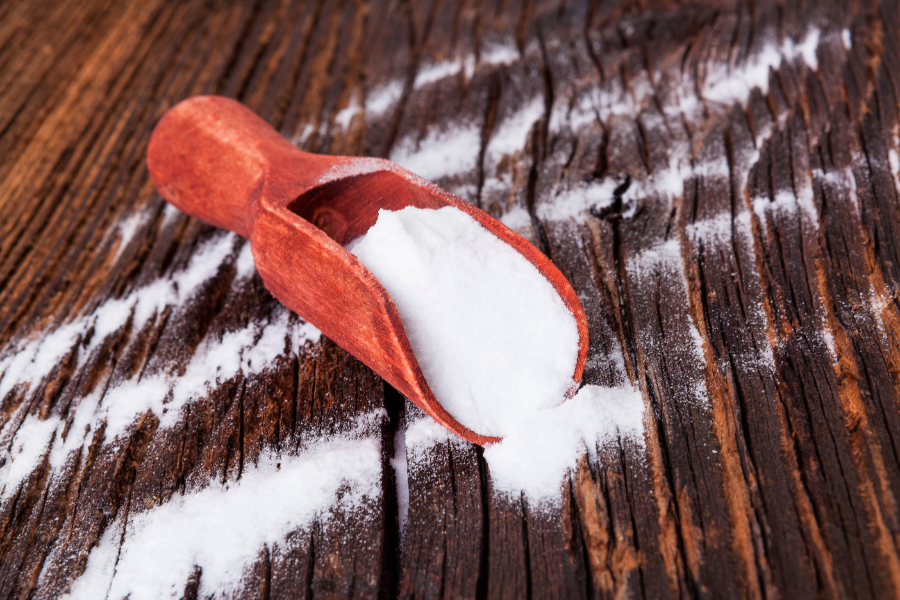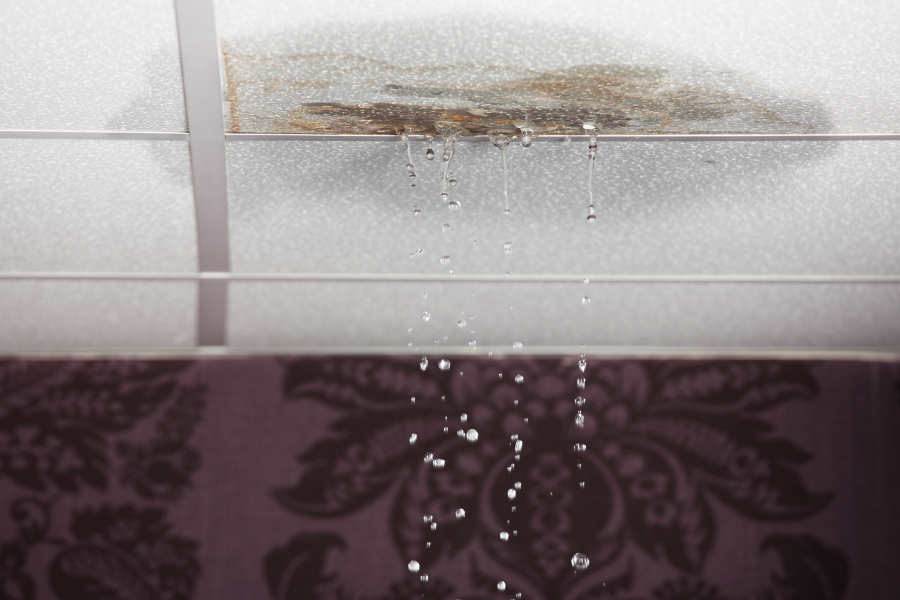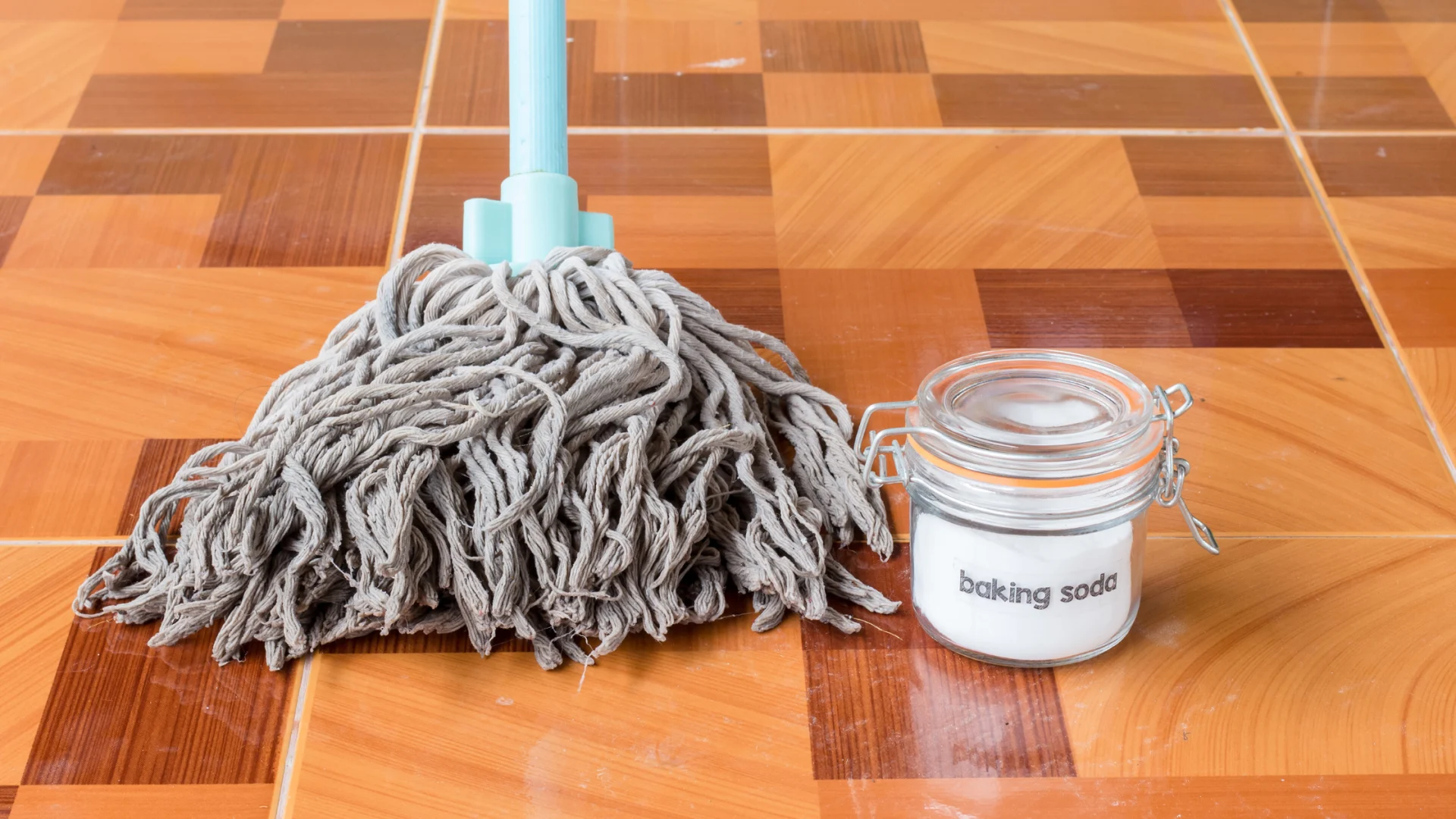Humidity or moisture can make the air inside your house feel sticky or damage flooring, furniture, and walls if you’re not careful. So, how can you remove moisture in your home? Does Baking Soda Remove Moisture?
Yes, baking soda can remove moisture because of its hygroscopic properties. This pantry staple is natural, cheap, and the best alternative to a dehumidifier, as it can eliminate moisture in specific areas of the house.
Indeed, baking soda is a versatile household product handy for cleaning various things in your home. In this post, we will tackle how baking soda helps to remove moisture at home.
Why Can Baking Soda Remove Moisture?
Baking Soda is hygroscopic, and its main feature is to attract water from the surrounding environment. The substance also does not turn into an aqueous element. Hence, it works perfectly as a dehumidifier because it can naturally absorb humidity.
Baking soda is an affordable, energy-free, easy fix for humidity. Though it may not absorb moisture as quickly as store-bought products like dehumidifiers, the ingredient truly works.
Baking soda works as a dehumidifier by pulling moisture from the air. It traps the moisture inside the powder, making this substance an effective tool for reducing moisture levels in your home. It increases the rate of moisture absorption when constantly stirred.
Can Baking Soda Remove Moisture in a Room?
Yes, baking soda can remove moisture in a room. There are many ways to make baking soda an efficient dehumidifier in your room. But the most effective way is to leave an open bowl of baking soda in the area with the most moisture.
After a while, the baking soda will absorb the excess moisture, but it most likely won’t become watery. But if this happens, stir the baking soda to make it effective again.
Can Baking Soda Remove Moisture from the Carpet?
A carpet that is wet or moist for a long time can cause damage not only to the carpet but to the house flooring as well. You will know that the carpet is damp (besides being wet) when it emanates a foul odor or you notice mold on it.
Fortunately, baking soda can remove moisture from the carpet. You can do the job through two easy steps: First, sprinkle the baking soda all over the carpet and let it sit for about 30 minutes.
Second, once it is dry, vacuum it to refresh the carpet. Once you use a vacuum to clean the carpet, you will be amazed at the fresh and clean surface.
To learn more about cleaning your carpet with baking soda, read our article – Uncovering the Truth: Can Baking Soda Clean Carpets?
Can Baking Soda Remove Moisture in Wood Furniture?
Baking soda can also absorb moisture from your wood furniture. Putting baking soda on tables or chairs with high moisture can absorb the excess humidity and dry out infected areas.
It’s worth noting that the substance has a narrow application field. Thus, it can only absorb water or moisture in small areas, so it will be most effective to apply in small spots on narrow surfaces.
How Do You Use Baking Soda to Get Rid of Moisture in Wood?

The appropriate way to eliminate moisture in your wood furniture depends on the severity of the problem. For horizontal furniture like tables, drawers, shelves, and even floors, sprinkle the substance over the target area and leave it for at least 24 hours.
For vertical wood items like doors, panels, and walls, ensure the baking soda sticks easily. To do this, create a baking soda paste by combining it with water. Keep the water low because the mixture must be cohesive enough to stick and not crumble easily.
Once you have made the paste, apply it to the affected area for a day or so then remove it.
You can also use a toothbrush to apply the baking soda paste. Apply it to the marks to clean away stains.
Can Baking Soda Remove Moisture in Your House?
Absolutely! However, it’s best if you use more baking soda as less of it will only be efficient in small areas. Place a bowl of baking soda anywhere in the house where there is excess moisture and cover it with a thin cloth.
Should your house have a severe moisture problem, put as many baking soda bowls around your home. Also, check the baking soda from time to time. Once it cakes, replace them with a new one.
How Do You Determine If Your House Has Moisture Problems?
Wet floors, windows, or ceilings are not exclusive indicators to determine whether your house has moisture problems. Most of the time, humidity issues are experienced by people living in cold areas and those surrounded by plants and lush greenery. For this reason, these houses need a fireplace to keep the house dry and humidity down.
However, the house may also have a moisture problem even when some areas are not wet. Here are some signs that may indicate humidity problems:
- Spots of mold growing on the ceiling
- Condensation on doors and windowpanes
- Musty or mold smells
- Mildew
- Allergies (watery eyes, dry eyes, cough)
What Causes Moisture in the Home?

Prevention is indeed better than cure. Should you want to refrain from buying a dehumidifier or using baking soda to solve your problem, you must identify what causes the problem so it will no longer occur.
Here are common causes of moisture at home:
- Indoor plants
- Leaking pipes (toilets and sink)
- Hot showers
- Poor ventilation
- Rain and roof leakage
- Steam from ironing and cooking
- Inadequate window seals
What Other Substances Are Moisture Absorbers?
Baking soda is not the only household ingredient you can use to eliminate moisture. Thus, don’t fret when baking soda is unavailable in your house. Since most dehumidifiers are expensive, you can try other remedies before you opt for store-bought products.
Here are other reliable home staples to remove moisture in your house.
- Rock salt
- Honey
- Nylon
- Hesperostipa comata seeds
- Germinating seeds
- Rice
- Aluminum oxide
- Silica Gel
- Desiccants
- Molecular sieve
These items are safe to use, even on your wood furniture. They are also non-deliquescent and hygroscopic. Therefore, they are the same as baking soda regarding humidity absorption and moisture control.
Conclusion
Baking soda is a natural moisture absorber thanks to its hygroscopic substance. The ingredient attracts surrounding water molecules and dries them under and behind surfaces. The best way to utilize this substance is to use only a small amount and leave it for about 24 hours. Then, clean it up with a vacuum cleaner for a more fantastic result.
One area in your home baking soda will eliminate moisture is on your carpeting and wood, including wood furniture.
Once you have determined you have a moisture problem, work to solve it and prevent future moisture problems from occurring.
If you’re interested in learning what else baking soda cleans in your home, check out our post – Does Baking Soda Clean Grease?

